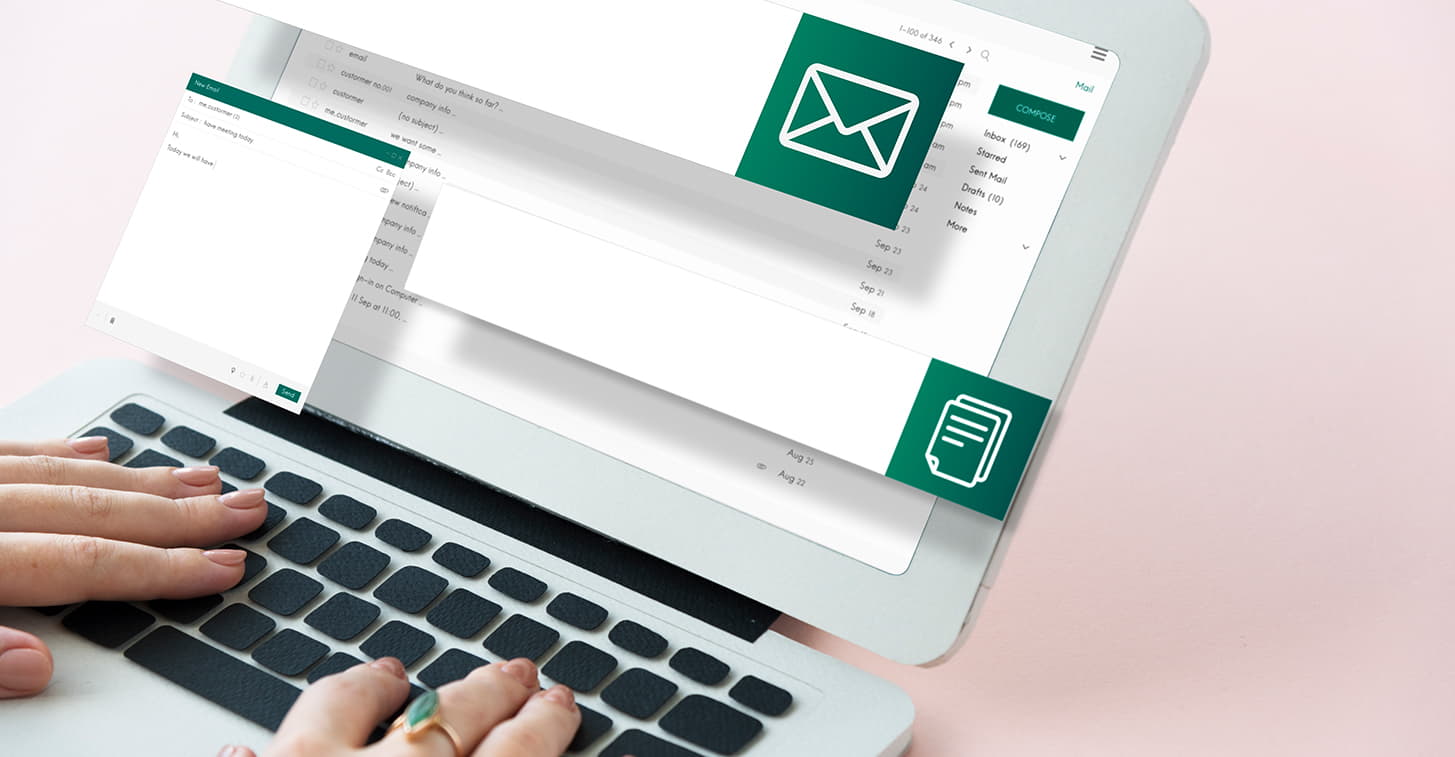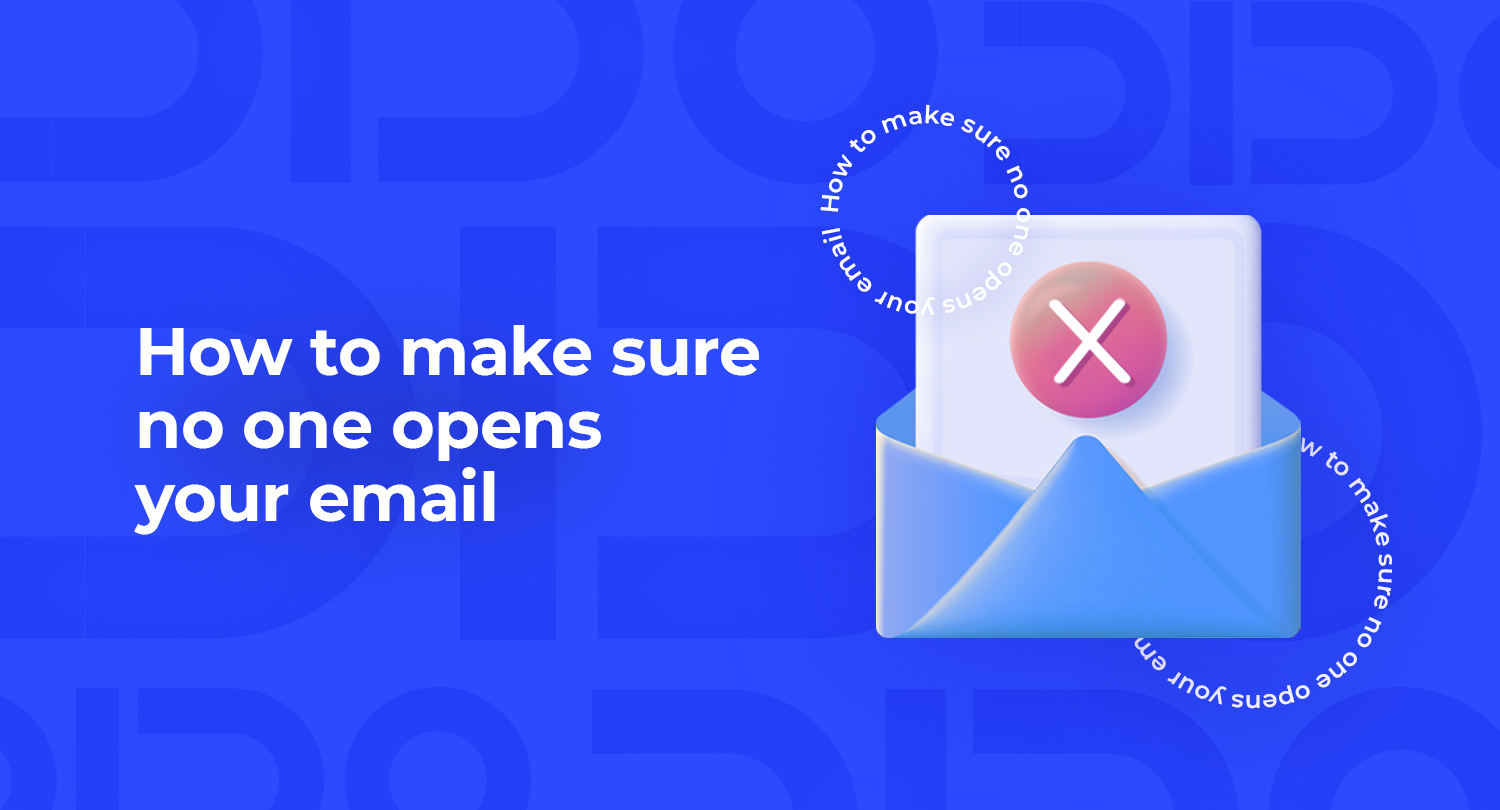Email marketing has many benefits. This is the highest ROI among all channels of direct communication, and interaction with customers, for which you don’t need to pay extra. But many companies make typical mistakes that nullify all efforts to develop it.
The more competently email marketing is conducted, the more profit it brings. We have prepared a selection of the most common mistakes that are made when launching mailing lists. We tell you what they lead to, how to avoid them and not miss the profit.
1. Underestimating the Power of Headlines
The headline creates the first impression and determines open rates. Choosing the right title can arouse the client’s interest, or vice versa, make him doubt the importance of the email and ignore it.
Solution
■ Try to write short and bright titles. Three-word headlines give the best customer engagement metrics.
■ The word “free” in the headlines kills the conversion and reduces engagement by 4%
■ Too much creativity in headlines confuses readers. It is better to clearly explain to the audience what you are offering in the email, without obfuscating metaphors or buzzwords.
2. Inconsistency between the subject line and the text of the email
The subject line of your email speaks volumes. The subject line of your email says a lot. Some experts use this trick without hesitation, in pursuit of high open rates. This works but is frustrating for users when they open the email and see the subject line and body text mismatch. They will consider this manipulation, mark such emails as spam and unsubscribe. Moreover, they will no longer trust your brand.
Solution
Headline writing is an art. You can motivate subscribers to open your emails, but their frustration with your content spells disaster for your entire marketing campaign. Let your storylines match the content you share with customers.
3. Neglect the preheader
The preheader, like the headline, helps to grab the subscriber’s attention and encourages them to open the email. Letter code or dry text instead of up-to-date information reduces the chances of opening.
Solution
Pay as much attention to the preheader as to the choice of title or sender’s name. Let it be a logical addition to the topic, bring intrigue, or, on the contrary, clarity – depending on your niche and the purpose of the email.

4. Make the email useless for the subscriber
Emails with an intrusive call to buy are more likely to be sent to spam. Mailings that don’t benefit a specific recipient also get there. For example, a woman who bought diapers for her six-month-old baby a year ago is sent offers with products for newborns.
Solution
Emails should be tailored to the interests of customers. Study your target audience, and determine the expectations and fears of users to remove objections in emails.
Create a subscriber’s profile based on the data and behavioral factors specified during registration. Segment customers by gender, age, time zone, hobbies, etc. – the criteria depend on the scope of your business. The more personalized the email, the higher the chances of opening, clicking on the link, and buying.
5. Don’t use win-back emails
If the database hasn’t been worked on for a long time, then users may not remember that they subscribed to the mailing list and will complain about spam. Your email reputation may suffer from this.
Solution
■ Send win-back emails to those who haven’t received your emails for a long time.
■ Remind you when and under what circumstances the user left you an email address.
■ Tell about the benefits that the subscriber will receive from the email: special offers, useful materials, and bonuses.
6. No mobile optimization
Your customers use multiple devices on their way to make a purchase. One of the key points is that your email templates should take into account the size of different screens.
Solution
Use the following components of a successful email template:
■ put a large text/font size on mobile devices;
■ make sure the CTA is prominently displayed so users don’t have to scroll through the email to see it.
7. Sending unexpected emails
Many companies only send out emails when they have something to say. It is a big mistake, resulting in customer frustration and unsubscribing.
Solution
The best option is to work with your mailing list from the very beginning, even if it only has two contacts. Send at least one email per month! If there are pauses, do your best to reactivate the list. Remind subscribers of your mailing list by offering something attractive.
8. No email plan
You can’t send emails to clients whenever you want or when you have time. The result will be low efficiency and open rates, as well as a large number of “Unsubscribe from this list” clicks.
Solution
Organize your email. Make a plan for several months ahead and choose the ideal days and times to send emails. As for the frequency, it will depend on your audience and marketing strategy.
9. Fear of experiments
Most brands don’t risk experimenting and that’s why original emails are still rare today. The same sales emails fall into users’ inboxes, people can’t find any reason to waste time on them. What are they doing? They unsubscribe.
Solution
Think about the juicy details you can add to your email. What makes people subscribe? What is your style of writing? Your tone of voice? Anything else?
10. Impersonal appeal to the entire subscriber base
Many of you have received messages in the mail with an appeal in the style of “Dear customer …” or “Welcome to you …”. Over time, reading another appeal to all the contacts of the mailing list gets boring.
Solution
To prevent this, use the personalization function. If in your database, in addition to email addresses, the names of subscribers are also indicated, then this advice will be very easy to implement. Add a special script to the text of the email that will “pull up” the name of the subscriber in the greeting.
The result of a well-designed email is the achievement of your goals and the goals of the client. If you offer to place an order, the customer will do so after your email. If you need to increase loyalty, a trusting contact is formed with the client. We wish you exactly that – excellent results.
